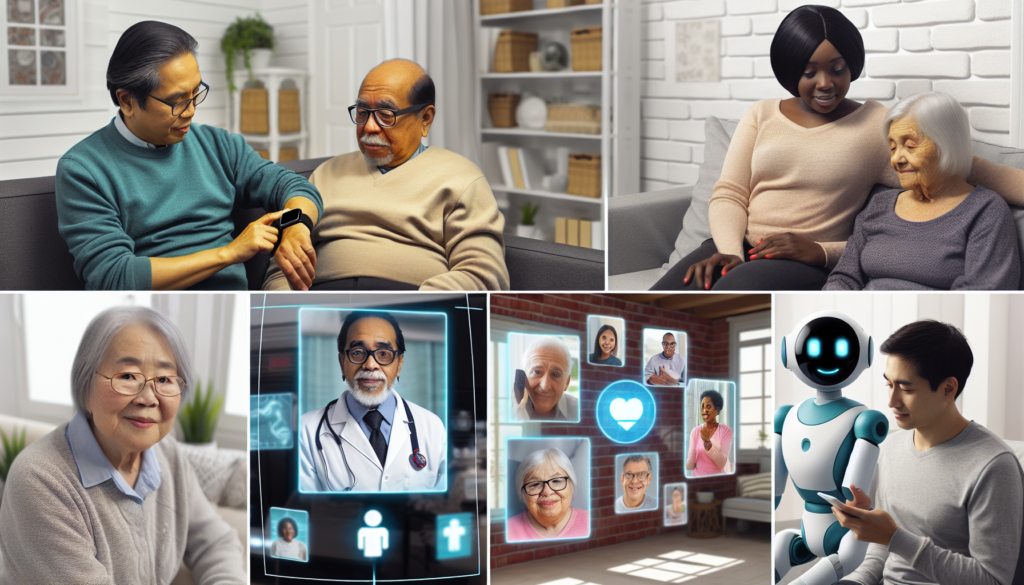Over the recent years, home health technology has greatly evolved. For the aging population, individuals coping with chronic diseases and their caregivers, this means a better quality of life at the comfort of their homes. More than ever, they are now able to manage their conditions, promote their well-being, and live safely for longer periods at home, reducing the need for long-term institutional care, such as hospitals or nursing homes.
The innovations in home health technology are not just in the form of sophisticated monitoring devices, electronic healthcare records, or telehealth. Simple home modifications and assistive devices also play crucial roles in supporting day-to-day living of those with limited mobility or cognitive function.
Advanced Home Monitoring Systems
Home monitoring systems help caregivers and healthcare providers remotely track a patient’s health status and respond quickly in case of an emergency. These systems usually involve wearable devices that monitor vital signs, alert systems in case of falls, sensors to track movement around the house, and medication reminders smartphones or digital assistants. Communication features also enable caregiver to patient or patient to healthcare provider communication. Home monitoring systems allow for timely and continuing care without the patients having to leave their homes.
Telehealth and Telemedicine
Most people are familiar with telehealth which involves the use of digital information and communication technologies to provide healthcare services remotely. In the context of home health care, telehealth typically involves video conferencing with healthcare professionals for consultations or therapy sessions, remote monitoring of patients’ vital signs, and even mobile health applications that give access to health records, reminders, and wellness tips.
Home Modifications and Assistive Devices
Relatively simple adjustments can significantly enhance the safety and convenience of the home environment for those with limited mobility or cognitive function. Examples include installation of grab bars in bathrooms, addition of ramps or lifts, adjustment of furniture arrangement to clear pathways, and many more. Moreover, assistive devices like canes, walkers, wheelchairs, and specialized cutlery or drinkware enhance the day-to-day living experience.
The Future of Innovations in Home Health Technology
Advancements in Artificial Intelligence (AI), robotics, and smart home technologies hint at an exciting future for home health technology. For instance, AI-powered digital assistants can provide reminders for medication or appointments, and even monitor health signs. Robot companions can also aid in daily tasks and provide companionship.
In conclusion, technology is playing an increasingly important role in improving the quality of care for home health patients.
Regardless of the method of their implementation, all these innovations aim to promote the quality of life, independence, and safety of patients receiving home health care. As the future unfolds more innovations in the field, we can only expect significant improvements in their efficiency and effectiveness. However, alongside these technological advancements, it is also crucial to provide education and technical support to both patients and caregivers to optimize their use and benefits.



